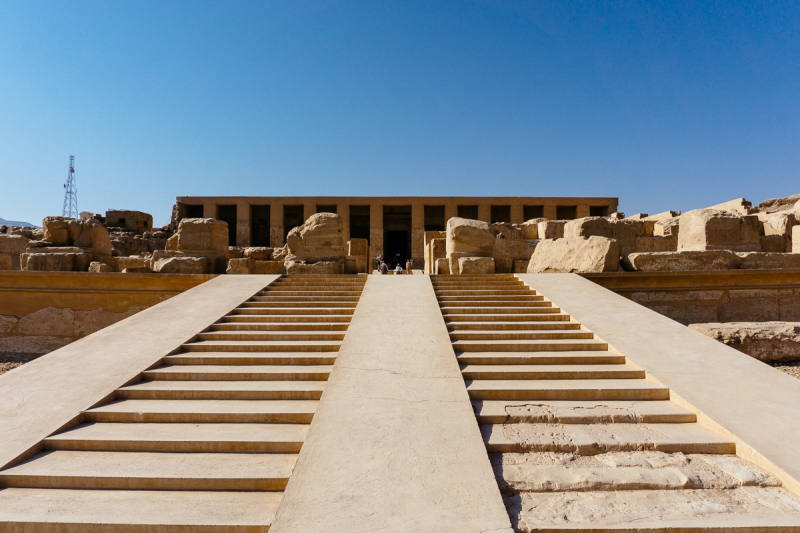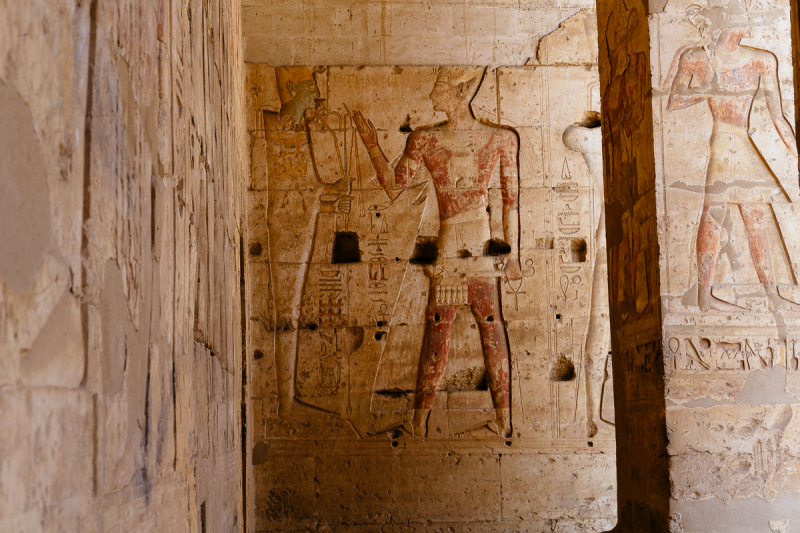Abydos
Abydos is one of ancient Egypt's oldest and most important historical sites, dating back to 3300 BCE. The sacred city, located on the west bank of the Nile in Upper Egypt, overlooks a desert valley that was previously supposed to provide access to the world of the dead. It served as the royal burial site for Egypt's early pharaohs and subsequently as a focus of worship for the religion of Osiris, the god of the underworld. Excavations in Abydos have added to our understanding of Egypt's ancient history in current times.
The western desert embayment of Abydos, Umm al-Qab, has long been regarded as the 1st and 2nd dynasties' royal burial. Excavations that have been ongoing since the late 1970s, however, have unearthed a collection of ancient tombs belonging to a sequence of monarchs who precede the 1st dynasty and Egypt's formal unity.
These tombs have provided a bountiful crop of complete ceramics, royal symbols, ivory labels, and the names of various predynastic monarchs. The inscribed labels also show that Egyptian writing advanced earlier than previously thought. Furthermore, three large-scale mud-brick enclosures at the desert's border were identified as funeral sites for the kings of the 1st (c. 2925–c. 2775 BCE) and 2nd (c. 2775–c. 2650 BCE) dynasties. A number of wooden boats covered with whitewashed mud-brick casings were discovered near one of the enclosures, and were most likely prototypes for the boats buried in trenches close to the pyramids of the Old Kingdom (c. 2575–c. 2130 BCE).
Location: Abydos, 500 kilometres from Cairo.












